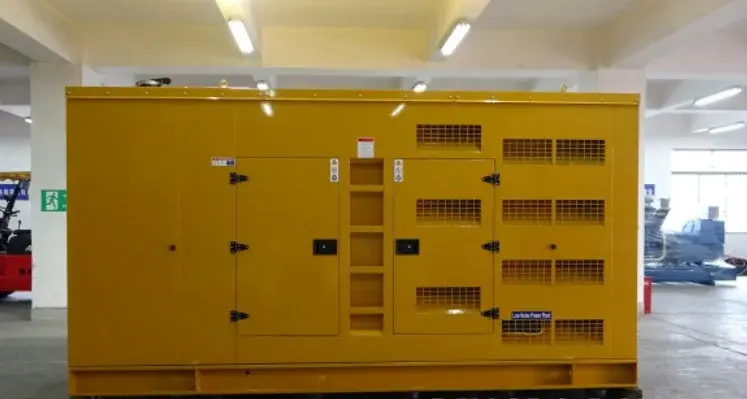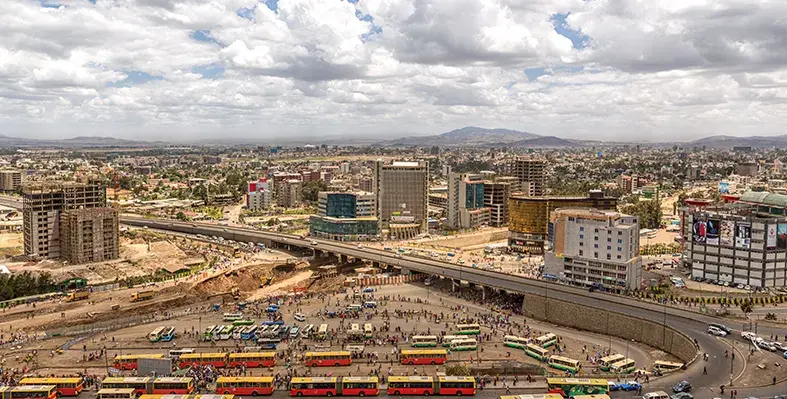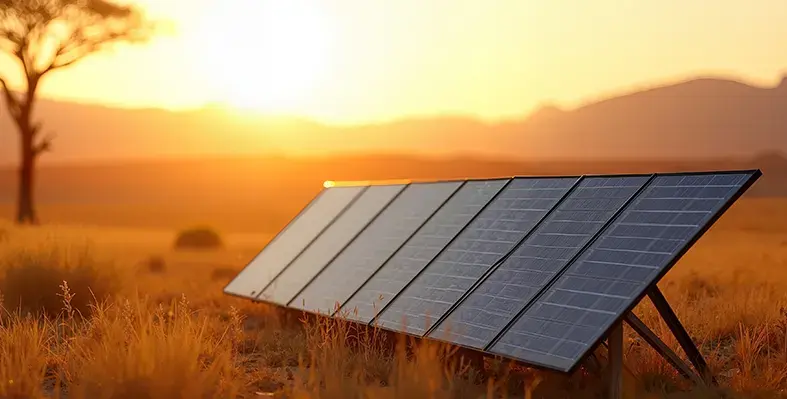
Designed for practical, long-duration operation. (Image credit: Guangxi Dingbo Generator Set Manufacturing Co.)
In October 2025, Dingbo Power announced the successful acquisition of an order from a valued client in Algeria for two 400kW silent diesel generator sets
The Algerian client selected these units to guarantee an uninterrupted and stable power supply for their critical operations, reflecting Dingbo Power’s solid reputation for delivering quality and performance in demanding environments. Production commenced on October 11 and has now been completed on schedule.
Engineered for excellence and reliability
At the core of these generator sets lies the powerful, fuel-efficient Shangchai 6ETAA12.8-G310 diesel engine, widely recognized for its durability and low maintenance needs. This engine is seamlessly paired with a Dingbo DB-400 brushless self-excited alternator, ensuring efficient energy conversion and steady power output.
Control and monitoring are handled by the SmartGen HGM6120CAN-4G-G controller, an advanced system offering 4G remote monitoring capabilities and a 3-phase, 4-wire mains detection signal. This setup enables smooth integration with an Automatic Mains Failure (AMF) panel, allowing the generator to automatically start during a utility power outage, ensuring uninterrupted electricity supply.
Designed for practical, long-duration operation
Each generator unit comes equipped with a 750-litre base fuel tank, tailored to the client’s requirements. This design significantly reduces refueling frequency, making the generators ideal for remote locations or areas where consistent fuel delivery cannot be guaranteed.
The system is encased within Dingbo’s custom-built silent canopy, made from 2mm thick galvanized steel sheet for enhanced protection against harsh weather and corrosion. It also effectively lowers noise levels to 75 dB(A) at 7 metres, ensuring minimal sound disturbance and compliance with environmental standards suitable for residential or urban use.
Mounted directly onto the canopy is an 800A Automatic Transfer Switch (ATS), forming a compact, all-in-one power solution ready for immediate and efficient installation.
“At Dingbo Power, we are dedicated to Powering Your World with Trust and Technology. We look forward to supporting our Algerian client and are excited to continue building our presence across Africa and beyond,” the company stated.








